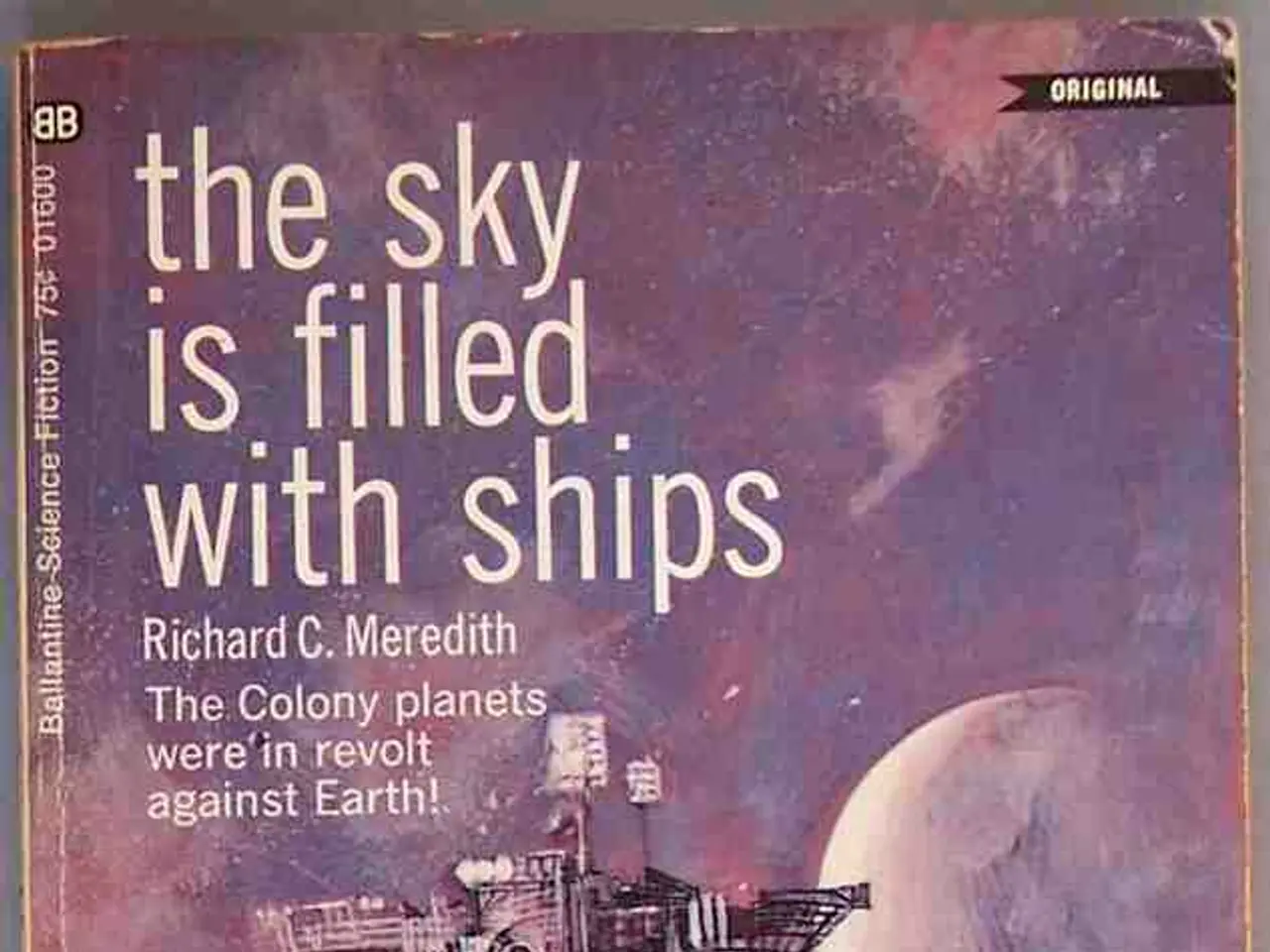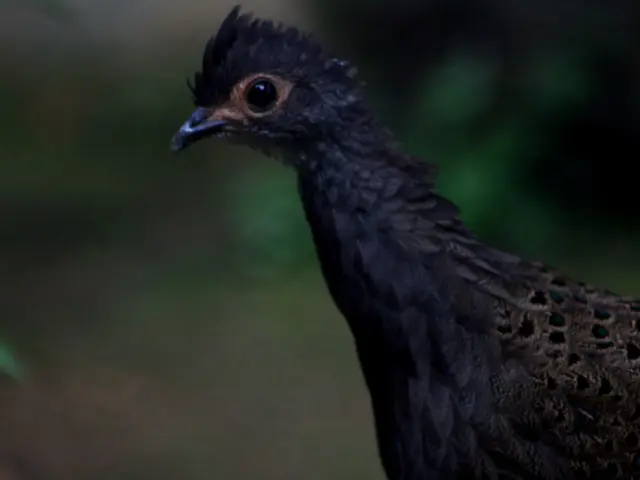Extraterrestrial Life Detected on Planetary Bodies
Breakthrough Discovery: Chemical Compounds Suggest Possible Signs of Extraterrestrial Life on K2-18b
A team of British and American scientists has made a groundbreaking discovery that could hint at the existence of life on the exoplanet K2-18b. The discovery, published in "The Astrophysical Journal Letters," was made using the James Webb Space Telescope (JWST).
The chemical compounds detected are known as "biosignatures," substances primarily produced on Earth by living organisms, mainly microscopic marine algae called phytoplankton. The study found significant quantities of dimethyl sulfide (DMS) and dimethyldisulfide (DMDS) in K2-18b's atmosphere, around 10-15 parts per million, about a thousand times Earth's levels.
K2-18b, located within the habitable zone, is more than eight times the size of Earth and is likely composed of silicates and ices, like Earth, Mars, and Venus. The presence of these potent potential biosignatures raises the possibility of life or at least biologically influenced processes on the exoplanet.
However, there are important scientific caveats and implications. Although the likelihood of a chance detection was initially reported at 99.4%, scientists have expressed caution because statistical rigor has not yet been fully met, and understanding how DMS might arise in a very different planetary environment remains complex. It is critical to rule out non-biological (abiotic) origins for these compounds, such as chemical or geological processes that might produce DMS or DMDS under K2-18b’s conditions, which may differ greatly from Earth's oceans and atmosphere.
More observations are needed to confirm these results and clarify the nature of these compounds. Additional high-precision spectral observations with JWST’s MIRI and other instruments are underway or planned to improve the confidence in molecular detections and measure their abundances more accurately. Observations focusing on absorption features specific to DMS, DMDS, and related molecules during longer integration times will help confirm their presence and refine the atmospheric models of K2-18b's environment.
Co-author Nikku Madhusudhan from the University of Cambridge stated that the findings suggest possible biological activity outside our solar system. While the discovery is a significant step forward in the search for life beyond our solar system, the scientific community remains cautiously optimistic but stresses that more observations and modeling are necessary before claiming any discovery of extraterrestrial life.
This is the closest scientists have ever been to a finding that could be attributed to life on an exoplanet. K2-18b orbits the red dwarf star K2-18 in the constellation Leo, located 124 light-years away. The discovery of K2-18b was made in 2015 by NASA's Kepler Space Telescope, marking a significant milestone in the field of astrobiology.
References:
- Madhusudan, N., et al. (2024). Detection of Sulfur Compounds in the Atmosphere of an Exoplanet: K2-18b. The Astrophysical Journal Letters.
- BBC News. (2024). Signs of life found on distant planet, say scientists. BBC.
- NASA. (2024). New NASA research suggests signs of life on distant planet. NASA.
The discovery of dimethyl sulfide (DMS) and dimethyldisulfide (DMDS) in significant quantities within K2-18b's atmosphere, as reported by a team of British and American scientists, may indicate biological activity beyond our solar system, according to co-author Nikku Madhusudhan from the University of Cambridge. Furthermore, advancements in science and health-and-wellness, such as the study of space-and-astronomy, will continue to rely on breakthroughs like this to better understand the existence and origins of life beyond Earth.




